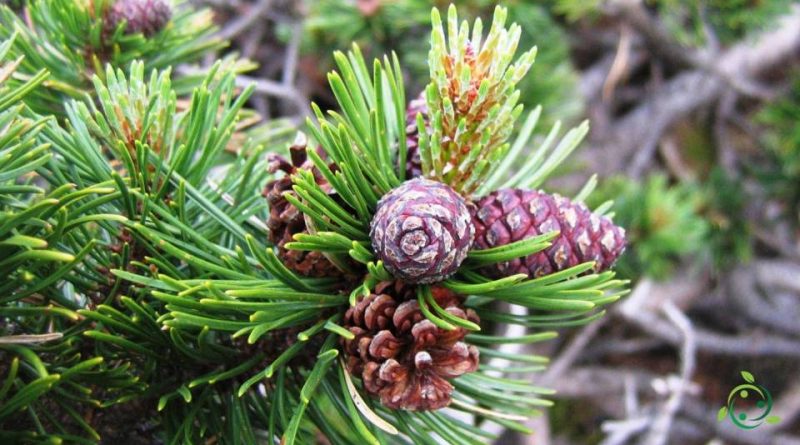How the Bog pine is grown
How the Bog pine is grown
The Bog pine (Pinus mugo Turra, 1764) is an evergreen species, with a prostrate bushy habit, belonging to the Pinaceae family.
This plant has been included in the list of spontaneous medicinal plants subject to the provisions of the law of January 6, 1931 n. 99. Inasmuch as the essential oil of moan is extracted from its green twigs, not yet lignified.
In Italy it is found in the Alps from 1500 to 2700 meters above sea level and on some peaks of the Ligurian, Tuscan-Emilian, Abruzzese and Campania Apennines.
Its reproductive structures are: male cones which are yellow and numerous, the female ones smaller and red-purple; they appear in April May depending on the altitude on the same plant. The fruits have an oval-conical shape and are 3-5 cm long; they contain small blackish seeds with wings.
Cultivation –
The Bog pine is a shrub that grows spontaneously in mountainous areas, in particular above 1,500 meters above sea level, although there are numerous varieties that adapt to lower altitudes and which can be purchased and transplanted in our gardens.
To grow well, this plant needs a lot of light and plenty of water: to ensure that the water reaches all the roots it is advisable to create a groove around the trunk about ten centimeters deep and fill it with water. In this way the plant will absorb the water very slowly and this will be able to reach even the deepest roots.
The first thing to do if you are buying a mountain pine plant is to transplant it as soon as possible, as this plant suffers a lot in pots.
It is a plant that needs a rocky soil and should be transplanted in a sunny area and watered regularly. Being a very resistant shrub it does not require special care, but it is good to place it in a spacious area, as it will spread in width both above and below the ground.
For transplanting, it is recommended to choose areas where water is available, even if the plant is able to live even in arid and rocky soils, but it cannot survive if it does not have enough water.
It grows well in calcareous soils but not excessively alkaline or too humid; in these conditions the plant will begin to suffer from nutritional deficiencies.
Planting must be carried out in the period from late winter to early spring: it can also be transplanted in autumn, but only in the coldest period. To transplant it, you need to dig a hole, in which to put a good dose of organic substance, in which the shrub should be positioned following the natural inclination of the roots, to prevent them from being damaged in positioning. Once the plant has been positioned and the hole covered, it is useful to cover the area around the trunk with mulch made up of pine needles and bark.
Uses –
At one time the wood of Pinus mugo was used as firewood, for the production of charcoal and for the extraction of resin. Much appreciated also for the preparation of moaning (essential oil with balsamic action, used in the treatment of respiratory ailments), syrups and liqueurs using young pine cones and buds rich in resins.
From an ecological point of view it is a pioneer plant and stabilizer of sterile, incoherent and stony soils, where, by fragmenting the winter snow cover, it also helps to protect the valley floor from avalanches, therefore very useful even if ecologically linked only to the mountain altitudes. It offers shelter and shelter to many animal species, including the black grouse and the crossbill, among the birds, and the chamois, among the ungulate mammals, which is almost semi-symbiotic with the species, whose shoots and needles it feeds over the seasons. more ungrateful.
A Bog pine forest is called lily of the valley and since it is a protected species it is good to remember that the shrub should not be damaged.

